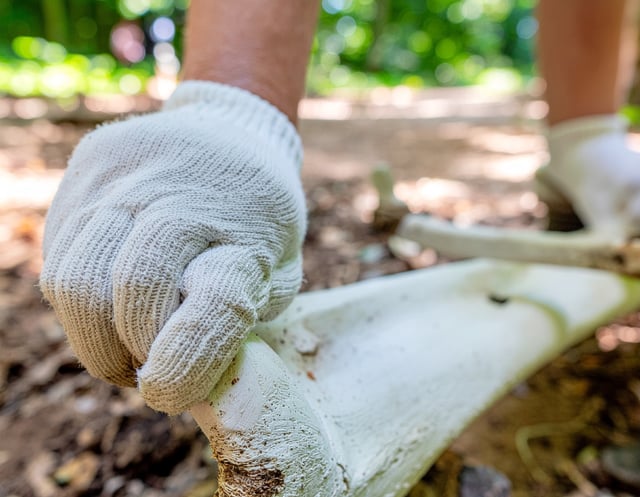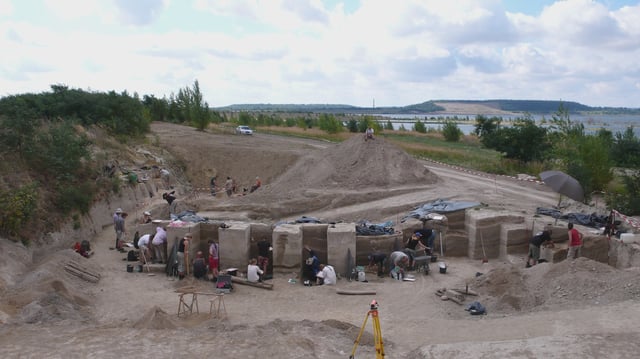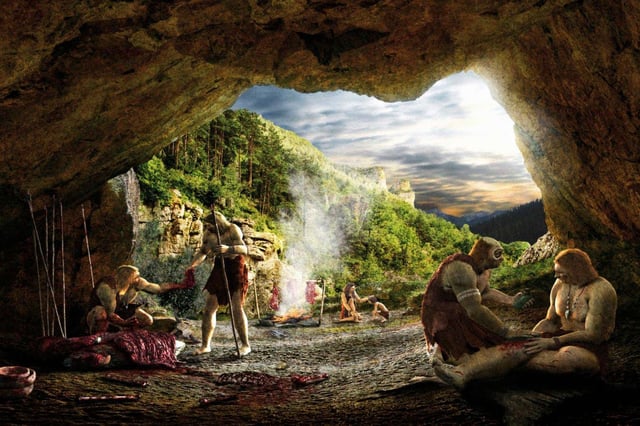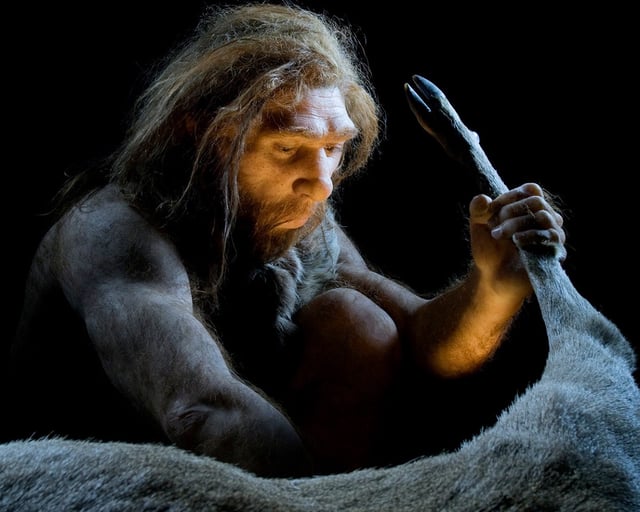Overview
- The study published in Science Advances confirms Neanderthal processing of crushed and heated bones at Neumark-Nord to extract high-calorie grease around 125,000 years ago.
- Archaeologists recovered more than 100,000 bone fragments from at least 172 animals, including horses and deer, revealing a specialized grease-production site.
- This finding pushes back evidence of systematic grease rendering by almost 100,000 years compared with Upper Paleolithic Homo sapiens.
- Distinct breakage patterns and heated shards demonstrate deliberate smashing and heating methods rather than carnivore activity or geological damage.
- Ongoing research aims to determine how Neanderthals stored or consumed the extracted fat and what these behaviors indicate about their planning and ecological strategies.



